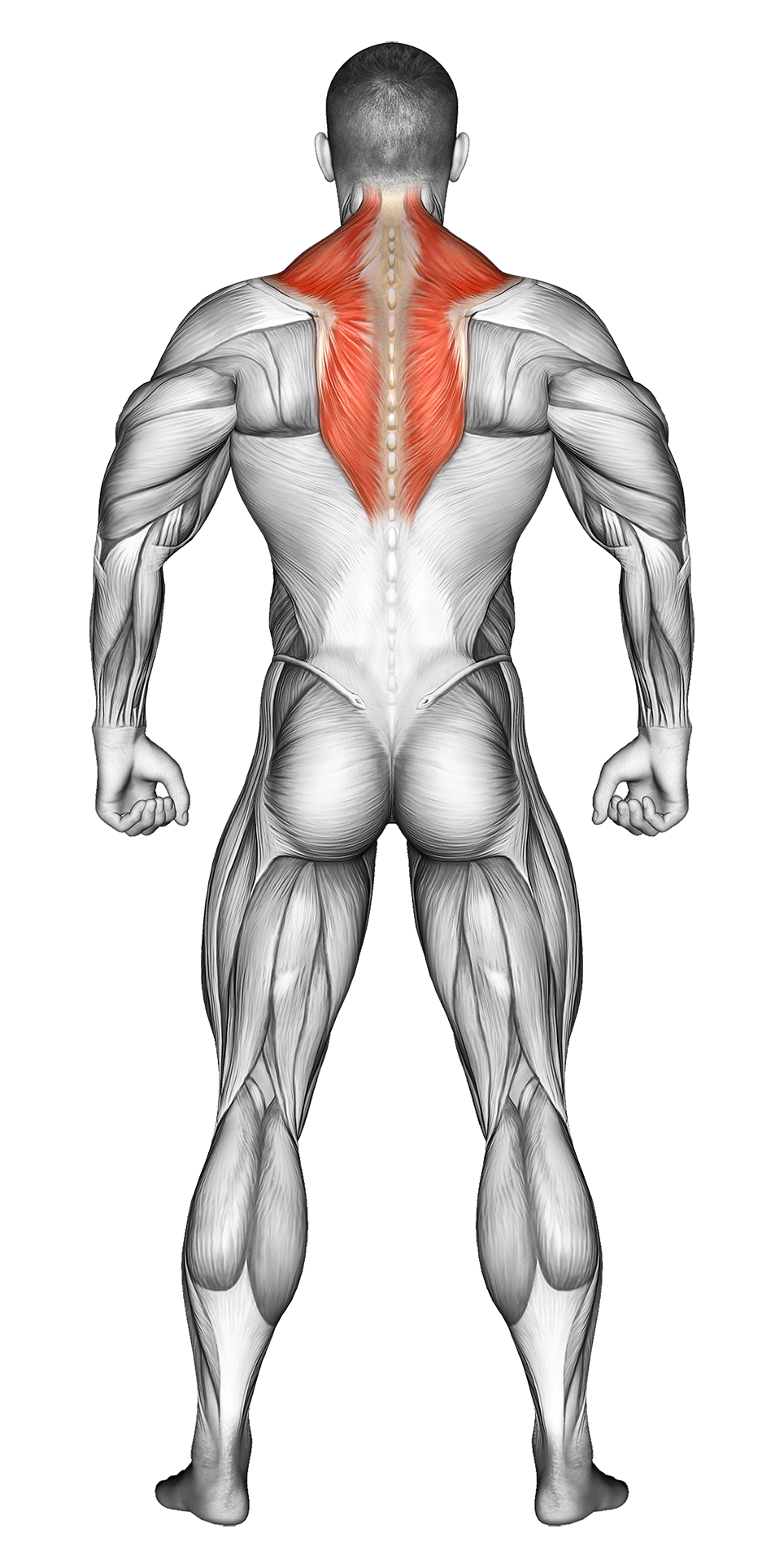Seated Dumbbell Lateral Raise: Video Tutorial & Exercise Guide
| Workout | Seated Dumbbell Lateral Raise |
| Primary Muscle Group | Shoulders |
| Secondary Muscle Group | Traps |
| Equipment Required | Dumbbell |
| Force Type | Pull |
| Mechanics | Isolation |
| Exercise Type | Strength |
| Difficulty | Intermediate |
Seated Dumbbell Lateral Raise: Video Tutorial & Exercise Guide
Muscle Groups
- Primary Muscle Group- Secondary Muscle Group
Seated Dumbbell Lateral Raise - Step-by-Step Guide
Seated Dumbbell Lateral Raise Overview
Benefits of Seated Dumbbell Lateral Raise
Seated Dumbbell Lateral Raise Pro Tips & Advanced Techniques
Progression Plan for Seated Dumbbell Lateral Raise
Frequently Asked Questions (FAQs) Of Seated Dumbbell Lateral Raise
Secondary Muscles
How to do the Seated Dumbbell Lateral Raise – Step-by-Step Guide
- Step 1: Sit on the edge of a flat bench with your feet flat on the ground, holding a dumbbell in each hand. Let your arms hang down by your sides with your palms facing inward and a slight bend in your elbows.
- Step 2: Engage your core and keep your back straight while maintaining an upright posture. Keep your shoulders back and down.
- Step 3: Slowly raise the dumbbells out to your sides in a wide arc until your arms are parallel to the ground, keeping a slight bend in your elbows. Focus on lifting with your shoulders, not your arms.
- Step 4: Hold the position briefly at the top, ensuring you squeeze your lateral delts (side shoulders), then slowly lower the dumbbells back to the starting position.
- Step 5: Repeat for the desired number of reps, ensuring a controlled movement throughout each repetition.
Seated Dumbbell Lateral Raise Overview
The Seated Dumbbell Lateral Raise is an isolation exercise that primarily targets the lateral deltoids (side shoulders), helping to create wider and more defined shoulders. Sitting on a bench minimizes the use of momentum, allowing you to better focus on shoulder engagement and proper form.
This exercise is excellent for building shoulder strength and aesthetics while improving shoulder stability and control. It’s a key movement in most shoulder routines and can be performed by lifters of all fitness levels.
Benefits of the Seated Dumbbell Lateral Raise
The Seated Dumbbell Lateral Raise effectively isolates the lateral deltoids, helping to build broader, more defined shoulders. Performing the exercise seated helps eliminate momentum, making it easier to maintain strict form and fully activate the shoulder muscles.
This exercise improves shoulder stability, enhances posture, and helps prevent injuries by strengthening the shoulder muscles that support other upper-body movements.
Seated Dumbbell Lateral Raise: Pro Tips & Advanced Techniques
Keep your movements slow and controlled to maximize shoulder activation. Avoid swinging the dumbbells or using momentum—focus on lifting with your delts, not your arms. For an added challenge, try holding the contraction at the top for 1-2 seconds before lowering the weights. To increase difficulty, you can also perform the exercise with lighter weights but slower reps to increase time under tension.
Progression Plan for Seated Dumbbell Lateral Raise
| Level | Sets | Reps | Progression Strategy |
|---|---|---|---|
| Beginner | 3 | 10-12 | Start with light dumbbells, focusing on proper form and slow, controlled reps. Gradually increase the weight as your shoulder strength improves. |
| Intermediate | 4 | 8-10 | Increase the weight slightly, maintaining control throughout the movement. Focus on squeezing your delts at the top of each rep. |
| Advanced | 4-5 | 6-8 | Use heavier weights, and focus on slower, controlled reps with a pause at the top for maximum muscle engagement. Consider adding extra sets for greater volume. |
Frequently Asked Questions (FAQs) of Seated Dumbbell Lateral Raise
What muscles do Seated Dumbbell Lateral Raises target?
Seated Dumbbell Lateral Raises primarily target the lateral deltoids (side shoulders), while also engaging the traps and upper back muscles for stability.
How can I make Seated Dumbbell Lateral Raises easier?
To make the exercise easier, use lighter dumbbells and focus on proper form. You can also reduce the range of motion until you feel more comfortable with the movement.
How do I increase the difficulty of Seated Dumbbell Lateral Raises?
Increase the difficulty by using heavier weights or performing slower reps to increase time under tension. You can also hold the contraction at the top of the movement for 1-2 seconds.
How often should I do Seated Dumbbell Lateral Raises?
Incorporate Seated Dumbbell Lateral Raises 1-2 times per week as part of your shoulder or upper-body workout routine. They pair well with other pressing movements for balanced shoulder development.
What common mistakes should I avoid?
Avoid using momentum or swinging the dumbbells. Focus on slow, controlled movements to ensure proper form and maximize shoulder activation.
Share

